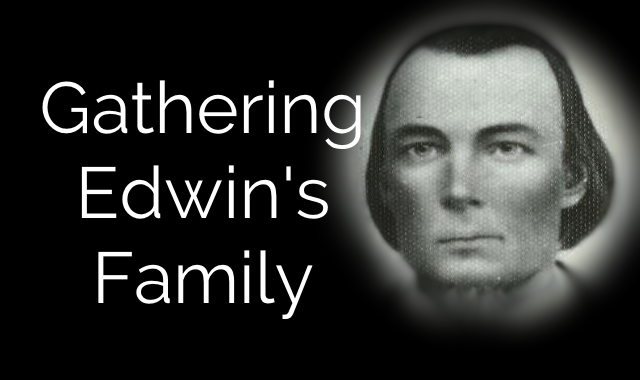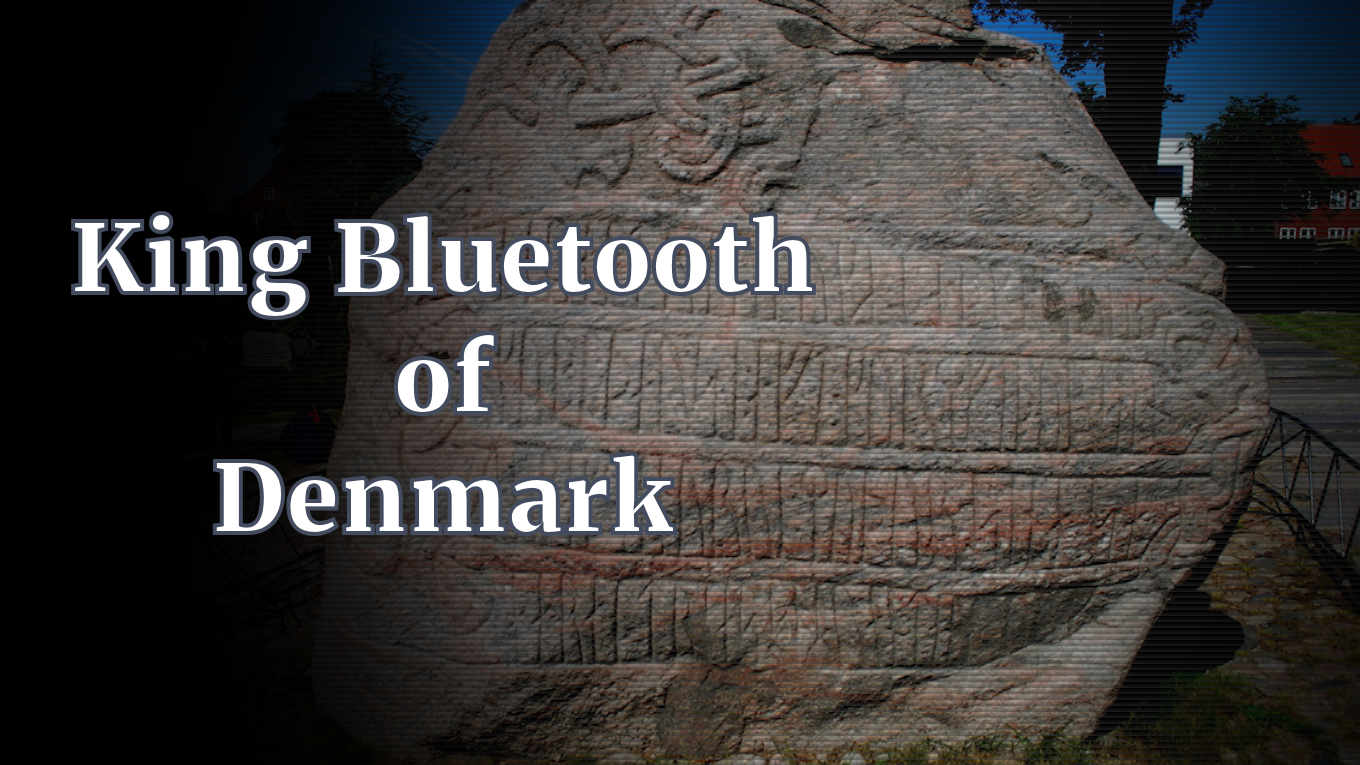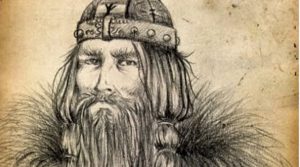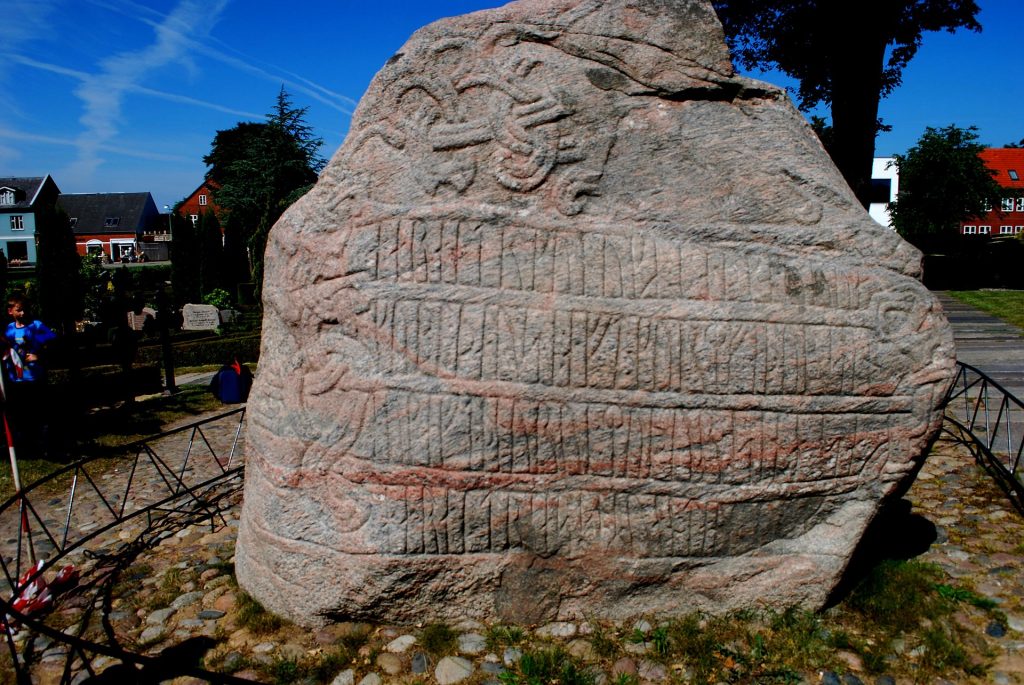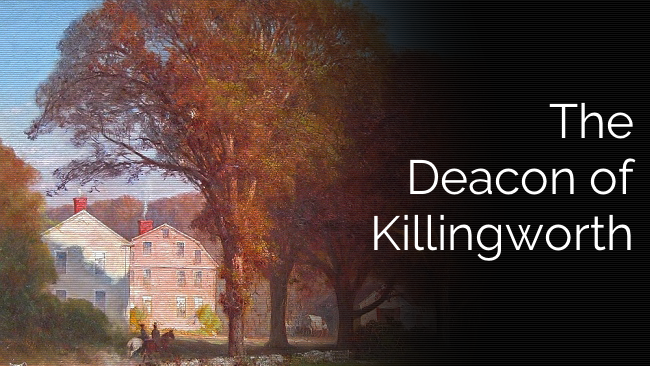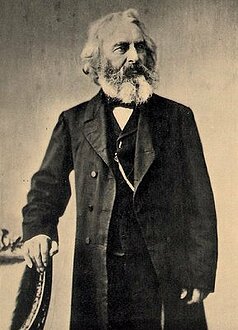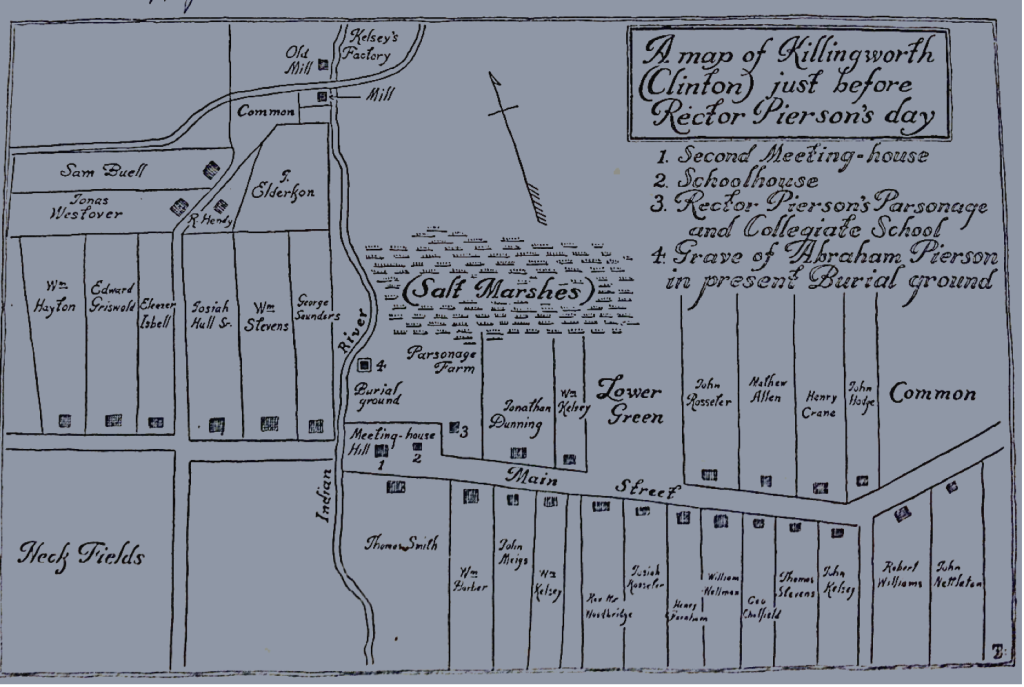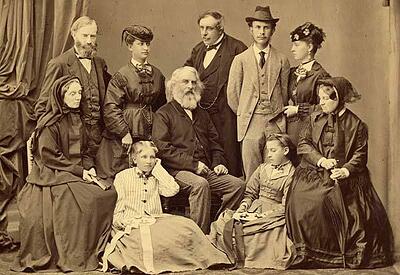Dear Granddaughter,
Here it is the night of July 4th, 2019, and outside my windows there are fireworks and explosions of my neighbors celebrating Independence Day.
Unlike most years, I’m alone this 4th of July.
Usually we have a gathering and all the family are here. There is food and fireworks and fun — the stuff of family.
But the stuff of family also creates lonely days like this, too.
I’m here alone because your Gram has gone out to Atlanta to be there for your birth. It has been 18 long months since she has seen your parents and your brothers.
That’s too long to be separated. Being here alone knowing that Gram is catching up, playing her roles as mother and grandmother, is enough for me to endure the solitude. You are worth it.
It’s not good to be alone. The Lord never intends us ever to be alone and that’s one reason why he put us in families.
It might seem weird for a man to write a letter to a yet-to-be-born granddaughter. But it’s not weird to me. I’ve written letters to my children – including to your father – every year on or near their birthdays. I just haven’t given the letters to them. I will someday.
But this one I’m putting out there now. I can’t help myself.
You must be someone special because you’re coming to a great family.
I don’t even know your name yet. I’m not even sure your parents know your name.
But I can tell you that you are very much anticipated.
Everyone is talking about you. You don’t know it yet but you’re making history. You are our fifth grandchild but our very first granddaughter. That makes you the first woman of a new generation in the family.
That is significant because the women who came before you in the family have been tremendous individuals. Some you will get to know in this life because they will share this space and some time with you here. But so many others you will only hear about.
I don’t know if it is so but in my mind’s eye they are with you now, in your final hours before you come to this world.
I know that not because I know you but because I know them. I know them to be women of great strength, power, authority, and deep, deep love.
Where else would they be right now than with you, the first woman of a new generation?
There are many things I want to tell you, Granddaughter. There are many things I want you to know.
But first and foremost, as your Grandpa, I would echo what your grandmothers are whispering into your ears right now: I love you.
We love you. Your parents and your brothers love you. And that is all that matters.
You see, when I walk through the cemeteries looking upon those names and dates – some from those very grandmothers and grandfathers you are with right now as I write this – I do not see teachers and farmers and construction workers and doctors and scholars.
I see only mothers and fathers and brothers and sisters and aunts, uncles and cousins. I see only family.
I see only the fruits of love.
The rest of that stuff is not really important. Granted, it might be interesting, in many respects, to learn the details of their earthly journey. In time I hope you come to gain an appreciation for those things and, like me and many others, take up the work of learning and honoring their history.
It is a worthwhile endeavor and one that will go far to helping you understand your identity, Granddaughter.
But Granddaughter, as you begin your life I hope your eyes reach far out to the horizon and long into the eternities. There is much more to this life than this life.
The world explains this life as ashes to ashes, dust to dust. I would explain it differently.
You are first a spirit child of God. You have been held in reserve to come forth at this time. You must therefore be someone very special.
Your presence here is merely a stopping point on a longer journey.
This is why love is your legacy – and my legacy – and the legacy of all who came before. It’s not who we are here, or what we accumulate, or what name we gain for ourselves here.
Love rises above the things of this world.
Of love you were created and of love you will be remembered.
In just a matter of days, maybe even hours, Little One, you will come into this world naked and probably crying.
In time, like all who have gone before us, you will likely leave this world the very same way.
It is what we all have in common, this thing called love.
You will spend your life trying to understand love, trying to define it, trying to convey it.
Some will accept it from you, and some won’t know how to accept it from you.
Love, you see, isn’t easy and it is not automatic in this world.
And yet, we are, in our physical state, the result of love.
Right now I would tell you that your Mom and your Dad are feeling a lot of anxiety.
I’m very proud of them.
Right on the heels of your birth they will celebrate their 7th wedding anniversary. Not many thought they would make it that far – me included, I was one of the doubters.
But here they are, welcoming you, their third child and their first little girl. Who would have known 7 years ago they would have you and your brothers?
That’s a miracle. That’s what love does. It produces miracles.
Mommy and Daddy are anxious right now because they have never had a daughter before. They want to do it well. I believe that with all my heart. I see them now, and how they work with your brothers, and I’m a believer in them. I’m proud of them.
You will not know or understand the anxiety they feel right now for many, many years. Probably not until you walk in those shoes yourself.
Anxiety is really just another expression of love, by the way. It’s a good thing.
They are worried about paying the bills. They are worried about giving you a name. They are worried about their other children, those fine grandsons of ours.
Your Mom and Dad are worried about how to dress you, how to feed you, how to make you feel safe and warm and loved. They are thinking of everything from teaching you to speak to giving you an education. They are thinking about how you are going to change the world.
No, not the big world outside — they will leave that to you.
They are worried about how you are going to change their world and believe me, Granddaughter, you have changed their world already.
You have taken them from four to five and you have already been the topic of many deep-in-the-night conversations between your Mom and Dad because you change everything.
You are their little girl and that’s new.
All that is love, Granddaughter.
Then there’s the rest of us. Your cousins, your aunts, your grandparents on every side…good grief, we’re a handful.
And we’re going to be all over you.
That’s love, too, by the way. It might be the kind that drives you crazy, but it is love nonetheless.
So too will your brothers drive you nuts and I guarantee you there is nothing but love behind them.
As of this writing they are ages 3 and 6. We have only known love from them. They are and will be outstanding men – because of love.
Your gender is important, Granddaughter.
It is unchangeable. That was written upon your soul long before you were etched as a reality in the hearts of your parents.
The world is going to try to convince you otherwise on this point. They will try to confuse you.
Out of an abundance of love I urge you to resist such foolish notions.
Your gender has a purpose. It is woven in your spirit, your intelligence, in all that you are — both for potential and for growing, ironically, in spirit and in intelligence.
Do not dismiss the gift that your gender is.
You will find, as you contemplate all those people before you who loved you without knowing you, that their gender went a long way in bringing you forth at this time.
Yup. You are not just a creation of your Mom and Dad. You are a child of God first. You are the fulfillment of every father and mother that make up your DNA. They are your family, your blood. They are all love.
I have written this and posted it here because you are making family history – just as they all did.
And someday, perhaps when you are a grandmother yourself and maybe after you have ended your mortal journey there will be others you call grandchildren who may read these words.
They will love you for being you, too.
You see, we are forever a part of each other – backwards and forwards in time. That’s what love does, too.
Now, as your Grandpa, I could go on and on.
But I am hoping to have time with you soon to peer into your eyes, to learn your little personality, to see and enjoy your light.
In time I hope to get to know your life, your little smile, indeed the very important things in your heart.
As I do I will try to say to you all the things I feel about you, and I want you to know I feel them already, even though you’re not here yet.
I want to tell you about your Mom and your Dad. I want to tell you about your cousins and your aunts. I want to give to you what knowledge I have of our ancestors going back hundreds of years.
I want to share all this with you because it’s all love and it will help you.
I cannot tell you all. And that’s because half of your story is written by your Mother’s side and I don’t know those stories.
You are going to have to seek them out, both for you and for the sake of your children and grandchildren.
I know you can do that. I expect you to do that.
Is that right of me to do, to place any kind of expectation on you at all?
Yes, it is and it is done out of love. The world condemns the Patriarchy but I still believe in it. The patriarchy is what got you here and the patriarchy is what will take you home. Never forget that.
The role of patriarch is sacred to me on every level. I take it very seriously.
Your family, from every side, will protect you.
The more you get to know them here, and get to know their past as well as their present, will serve you. I promise that if you seek them out they will be there for you.
This is your Grandfather not giving you a command, you see. I’m giving you the wisdom of my experience. That is part of my patriarchal role and it is one I learned from my father and grandfathers.
Without knowing your family past you deny yourself a gift of love that may just prove the difference in surviving the evils of this world.
I know that sounds dramatic, but I swear to you it is true.
I want you as well to know God. You are His child. That makes Him family. Do you see how this works? Your heritage is endless, just as is your potential. You are part of something great. You are glorious.
Granddaughter, as the fireworks in the sky explode outside my window, I feel cause to celebrate.
But the fireworks are gone from that sky almost as fast as they brilliantly explode.
They are a thing of this world. As such, they are too temporary, too ordinary, and much too insufficient to convey what it is I’m celebrating.
Now, the fireworks more appropriate for you are in the same night sky.
They are the stars – the brilliant artwork of God that sings forth praises.
They did that for another Baby born years ago and they do that now for you.
You are like they are: glorious in every way and a beautiful expression of celebration.
Until I can gaze into your eyes, and see once again the wonder of what God our Father does in bringing forth both Spirit and flesh, I will look at the stars – here by myself – and think about you.
When I do that, I’m not alone.
Your Mother and your Father and your brothers will see you first in this life. They are your family. You’re going to love them all.
Grandma will be there too, looking upon you for us both.
We love you so much. That is the first thing we want you to know.
That is what we always want you to know.
Love,
Grandpa


